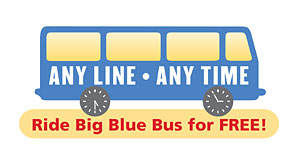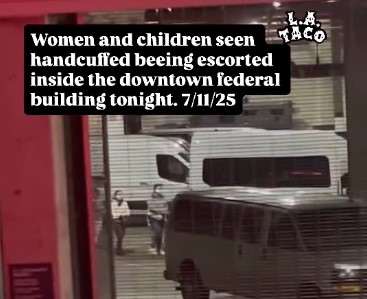(The following op/ed appeared in the San Diego Union Tribune earlier this month in support of a new program that will provide free transit passes for students using Cap and Trade funds. While the piece has a lot of San Diego particular information, the overall message is a good one for any city. We are reprinting it with the author's permission. - DN)

With the summer now long gone and San Diego students back in school, some are being armed with a promising tool for fighting the impact of high gas prices and climate change: free transit passes.
A new pilot program, modeled after numerous other successful efforts throughout the state of California, is providing 1,000 area students with free transit passes so that they can get to school, jobs, and other destinations safely, reliably, and with fewer greenhouse gas emissions.
Expanding these free and low-cost youth transit pass programs throughout the state is a fast and effective way for California to reduce climate pollution and spur the economy. While few cities have the financial resources to go it alone, the state has a powerful new funding tool to make free and low-cost transit passes a climate change-busting, economy-boosting reality throughout California.
As the centerpiece of its efforts to reduce greenhouse gases, the state has initiated a cap-and-trade program to reduce emissions from more than 350 of the state’s largest industrial facilities. While most of the emissions permits are provided for free, a small amount are auctioned every year — and between now and 2020, the revenues from these auctions are expected to generate billions of dollars.
By law, cap-and-trade revenues must be invested in projects in our communities that reduce greenhouse gas emissions and provide other benefits such as economic development and public health improvements.
The transportation sector accounts for nearly 40 percent of all carbon emissions — the largest of any sector — so achieving California’s climate goals will require significant investments in expansive, efficient, and affordable public transportation.
For many students and their families, a lack of transportation choices is a barrier to both education and economic opportunities. In the San Diego region, $4-a-gallon gas has become the norm — and the overall cost of car ownership was estimated by the AAA as $8,946 in 2012.
At the same time, budget cuts at the federal, state, and local levels have left school districts reeling and forced many to cut or eliminate school bus service. For students, this means more reliance on the family automobile to get to and from school and extracurricular activities — and to seek out scarce employment opportunities. College students are no better off in the face of skyrocketing tuition rates. For parents, who work long hours and often more than one job, the time and expense of commuting their kids to school and other activities is straining.
Free and low-cost youth transit passes address these issues at the same time as they reduce carbon emissions and reduce congestion on our traffic-choked freeways and roads. According to Transform’s report “Windfall for All,” San Diego households that have good access to transit reduce their carbon emissions, on average, by 30 percent, and save as much as $3,500 per year. School traffic also accounts for as much as 25 percent of all morning traffic congestion from parents driving their kids to school.
Other youth transit pass programs around the state are making a big impact. The largest pilot program, launched in San Francisco in March, already provides free transit passes to 30,000 students between the ages of 5 and 17. Santa Monica City College and California State University at Long Beach also have successful transit pass programs that cut traffic and benefit neighboring communities. Santa Monica City College launched its “Any Line Any Time” program in 2008 and by 2010 more than 40 percent of all students and staff arrived at the campus by transit during morning rush hours, reducing carbon pollution and relieving congestion. It also has benefitted the surrounding community by freeing up neighborhood parking.
San Diego’s smaller pilot program is likely to experience similar success in the short term. The long-term challenge will be finding funding to expand the program and make it permanent, a challenge San Francisco faces as well. State cap-and-trade revenues are a new source of revenue that can immediately fill this funding gap and push us to achieve our climate goals.
With San Diego’s economy still struggling from the Great Recession, public investment in programs that save families money and provide real transportation choices are a key to a long, lasting economic recovery. Youth transit passes provide a cost-effective opportunity to invest in the present and future of a whole generation in San Diego and across the state, and help cement California’s global leadership in the fight against climate change.
Wiggins is the cap-and-trade manager for Transform, an organization focused on expanding transportation choices for all Californians. He lives in Solana Beach.






